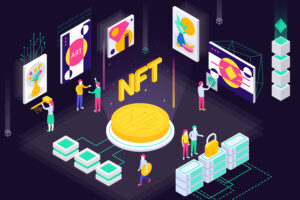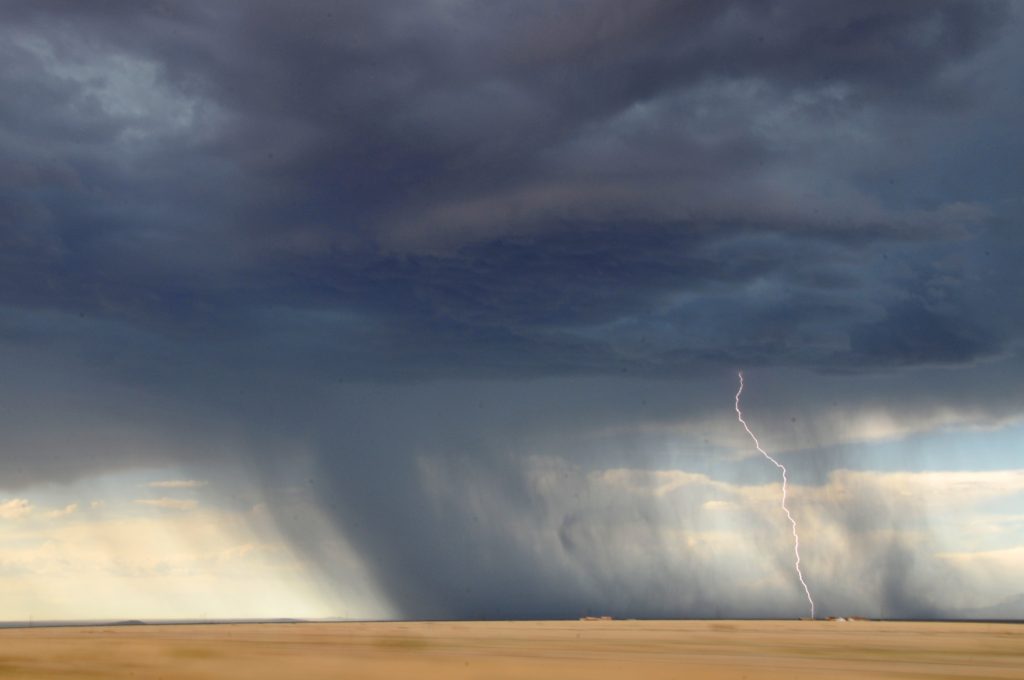
On January 3rd, 2009, block number zero produced the first 50 bitcoins. They were mined by none other than the mysterious Satoshi Nakamoto. Thus was born the phenomenon of the decade. And on January 8th, ten years ago today, bitcoin became a public network when Nakamoto released bitcoin version 0.1.
Nakamoto announced the release via the Metzdowd cryptography mailing list, calling bitcoin “a new electronic cash system that uses a peer-to-peer network to prevent double-spending.”
Nakamoto’s description of the software that would revolutionize technology is sparing and to the point. “It’s completely decentralized with no server or central authority,” the succinct announcement goes on. “Windows only for now. Open source C++ code is included.” It describes the proof of work as “ridiculously easy”.
It follows with a brief description of how transactions work, how many coins will be released and how they can expect to split every 4 years, along with the caveats that the software was still “alpha and experimental,” offering “no guarantees”. It’s signed with no letter closing, simply:
“Satoshi Nakamoto”
Bitcoin, This Is Your Life
My what a ten years it has been. Just to recap:
On January 12th, 2009, programmer Hal Finney, who had downloaded the new bitcoin software immediately, received ten bitcoins from Nakamoto. This was the first ever bitcoin transaction. Over a year later in May 2010, programmer Laszlo Hanyecz received 10,000 bitcoins in exchange for two Papa John’s pizzas, initiating the first real-world bitcoin purchase and thereby creating the pizza index.
Bitcoin simmered until 2017, when it’s value jolted from $900 to over $19,000, and bitcoin became a household name. Over the past year, the original crypto has settled to a more modest $4,000 valuation, and stirred up a lot of public din in its wake.
Where Were You on January 9th, 2009?
So where were you on the day of Nakamoto’s announcement? Probably on your couch watching DVDs of Pineapple Express and It’s Always Sunny in Philadelphia seasons 1 through 3, or laughing at Dr. Horrible’s Singalong Blog on your iPhone 2.
It was a simpler time. Wired was calling Google Earth the number one app on the fancy new iPhone app store. Competition was fierce with Windows 7 in beta. Facebook had recently dropped the “is” from status updates, and a fun app called Twitter (formerly “Twttr”) had just introduced a feature called Trending Topics.
Trending Topics
David Bowie was celebrating one of his eight final birthdays, while Michael Jackson and Patrick Swayze were enjoying their last few months among us mortals. Only days later, pilots Chesley Sullenberger and Jeffrey Skiles made aviation history by skillfully crash landing US Airways Flight 1549 in the Hudson River, saving everyone on board.
A burgeoning class of ennui soaked fashionistas, deemed “hipsters,” were described in Time Magazine as “smug, full of contradictions and, ultimately, the dead end of Western civilization,” a vermin who “manage to attract a loathing unique in its intensity.” They went on with this colorful character sketch:
“Hipsters are the friends who sneer when you cop to liking Coldplay. They’re the people who wear t-shirts silk-screened with quotes from movies you’ve never heard of and the only ones in America who still think Pabst Blue Ribbon is a good beer. They sport cowboy hats and berets and think Kanye West stole their sunglasses. Everything about them is exactingly constructed to give off the vibe that they just don’t care.”
Time Magazine, 2009
Is it time for any of that to come back into style yet? Maybe give it a few more years. We need a break.
Williamsburg was gentrifying and Portland was still America’s best kept secret. The streets were flooded with fixed gear bikes and the sounds of Grizzly Bear, Real Estate, Kings of Convenience, and TV on the Radio.
Animal Collective’s Merriweather Post Pavilion was just a few days old, and Fever Ray’s self titled was about to drop. The world was listening to Lady Gaga, whose single “Just Dance” hit number one on Billboard’s top 100, and Taylor Swift’s Fearless, which was the top selling album.
That same month, box offices favored the cuddly Marley & Me, while The Dark Knight swept the people’s choice awards. Audiences were still getting wowed by Avatar, paying a lot to be disappointed by Mall Cop, and getting hyped about the upcoming Watchmen movie.
Meanwhile in Washington DC, a president with a multisyllabic vocabulary was about to be inaugurated (a rarity in the 21st century, we would find out), and his kids were playing with a Wii they got for Christmas.
Here’s To Another Decade Ahead
What a time it was, the dawn of 2009. And most of us, at least for a few more years, had never heard about blockchain, cryptocurrencies, or bitcoin.
And now here we are.
So, dear reader, here’s to ten more years of crashes, booms, bubble scares, hype, derision, libertarian fanboys, pizza and moon lambos. Happy tenth birthday, bitcoin!!1
















Some tips i have observed in terms of computer memory is there are specs such as SDRAM, DDR and the like, that must fit in with the features of the mother board. If the pc’s motherboard is very current while there are no computer OS issues, upgrading the memory space literally normally requires under sixty minutes. It’s on the list of easiest personal computer upgrade processes one can picture. Thanks for expressing your ideas.
Heya this is kind of of off topic but I was wanting to know
if blogs use WYSIWYG editors or if you have to manually code with HTML.
I’m starting a blog soon but have no coding know-how so I wanted to get advice from someone with experience.
Any help would be greatly appreciated!
I’m no longer positive where you’re getting your info, however good
topic. I must spend some time learning more or understanding more.
Thanks for excellent information I was on the lookout for
this info for my mission.
I really like your blog.. very nice colors & theme.
Did you create this website yourself or did you hire someone to do it for
you? Plz respond as I’m looking to create my own blog and would like
to find out where u got this from. thank you
Howdy are using WordPress for your site platform?
I’m new to the blog world but I’m trying to get started and
create my own. Do you require any html coding knowledge to make your own blog?
Any help would be greatly appreciated!
First off I would like to say excellent blog!
I had a quick question in which I’d like to ask if you don’t mind.
I was curious to find out how you center yourself and clear your
head before writing. I have had a difficult time clearing my mind in getting my ideas out.
I truly do take pleasure in writing however it just seems
like the first 10 to 15 minutes are usually wasted just trying
to figure out how to begin. Any recommendations or
hints? Thank you!
hey there and thank you for your information – I’ve
certainly picked up anything new from right here.
I did however expertise several technical issues using this website, since I experienced to reload the web site a lot of times previous to I could get it to load properly.
I had been wondering if your web hosting is OK?
Not that I am complaining, but slow loading instances times will very frequently affect your placement in google and
could damage your high-quality score if advertising
and marketing with Adwords. Anyway I am adding this RSS to my email and could look out for much more of your respective fascinating content.
Make sure you update this again soon.